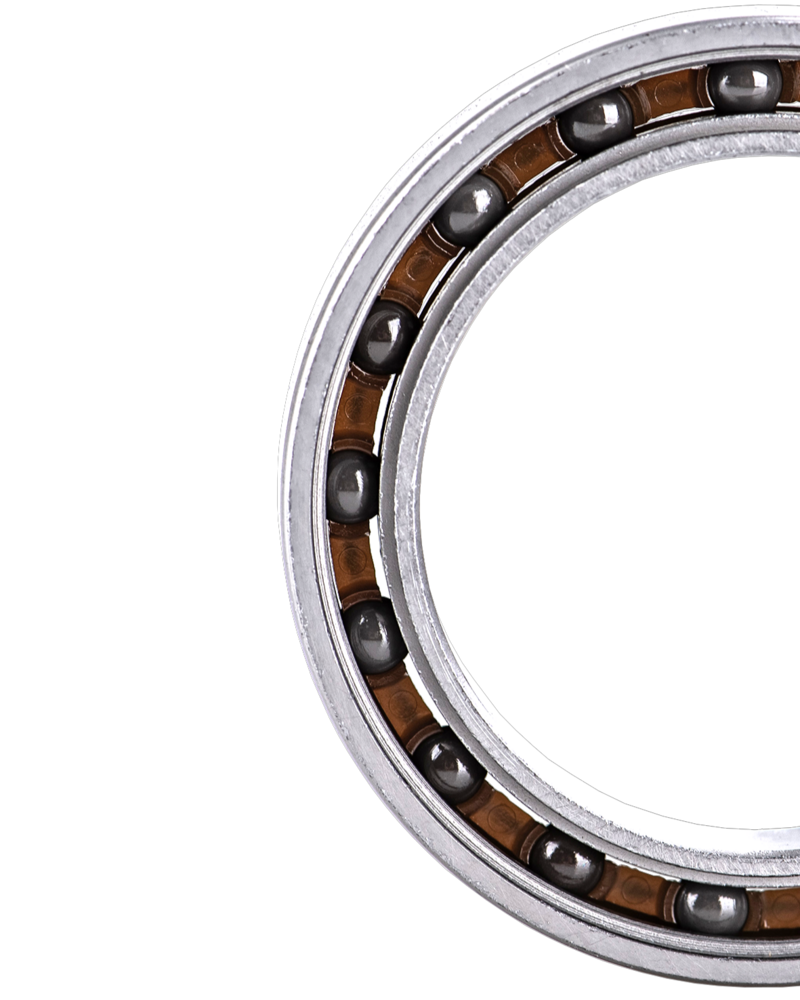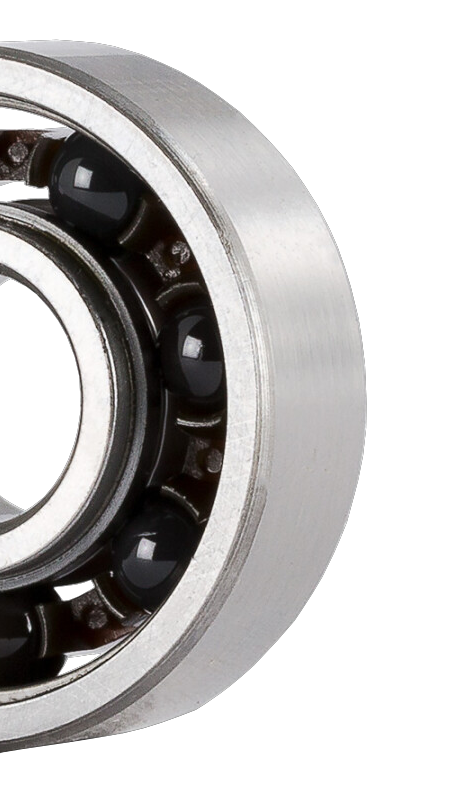Need Support?
Please provide your question. We’ll find you with the best support options.
Ceramic Bearing Specifications Overview
Ceramic bearings encompass materials such as ZrO2 and Si3N4, offering exceptional hardness, high temperature performance, and corrosion resistance. Hybrid ceramic bearings combine ceramic balls with chrome steel or stainless steel inner and outer rings, combining the advantages of both ceramics and metals. They are suitable for high-speed, high-temperature, and corrosive environments, providing improved performance and durability in industrial equipment.
2.png)
Zirconia ceramic bearings are known for their excellent hardness, high strength, and resistance to wear. They also exhibit high corrosion resistance in most acidic and alkaline environments. Zirconia ceramic bearings are commonly used in humid and high-temperature environments, such as turbochargers and cutting equipment.
2.png)
Silicon nitride ceramic bearings offer outstanding mechanical properties, including high strength, high temperature resistance, and excellent thermal conductivity. They have low friction coefficients and good thermal stability. Silicon nitride bearings are often used in demanding environments, such as aerospace, semiconductor manufacturing, and chemical processing.

GCr15 is a high-carbon chromium bearing steel commonly used in traditional steel bearings. In hybrid ceramic bearings, GCr15 is typically used for the inner and outer rings, combined with ceramic balls. This combination retains the advantages of ceramic balls (such as reduced weight and increased hardness) while utilizing the strength and durability of steel to provide better performance.

Stainless steel bearings have better corrosion resistance for the inner and outer rings compared to bearing steel. In hybrid ceramic bearings, stainless steel is used for the inner and outer rings while ceramic balls are incorporated. This combination is suitable for applications requiring a certain degree of corrosion and moisture resistance.
Special customized bearings page 
Hybrid ceramic bearings combine ceramic balls with chrome steel or stainless steel rings, offering a balance between the desirable characteristics of ceramics and the durability of metals. Compared to traditional all-steel bearings, they provide improved efficiency in terms of speed, temperature resistance, and corrosion resistance.
 Further Reading: Disadvantages and Limitations of Ceramic Bearings
Further Reading: Disadvantages and Limitations of Ceramic Bearings
Please provide your question. We’ll find you with the best support options.